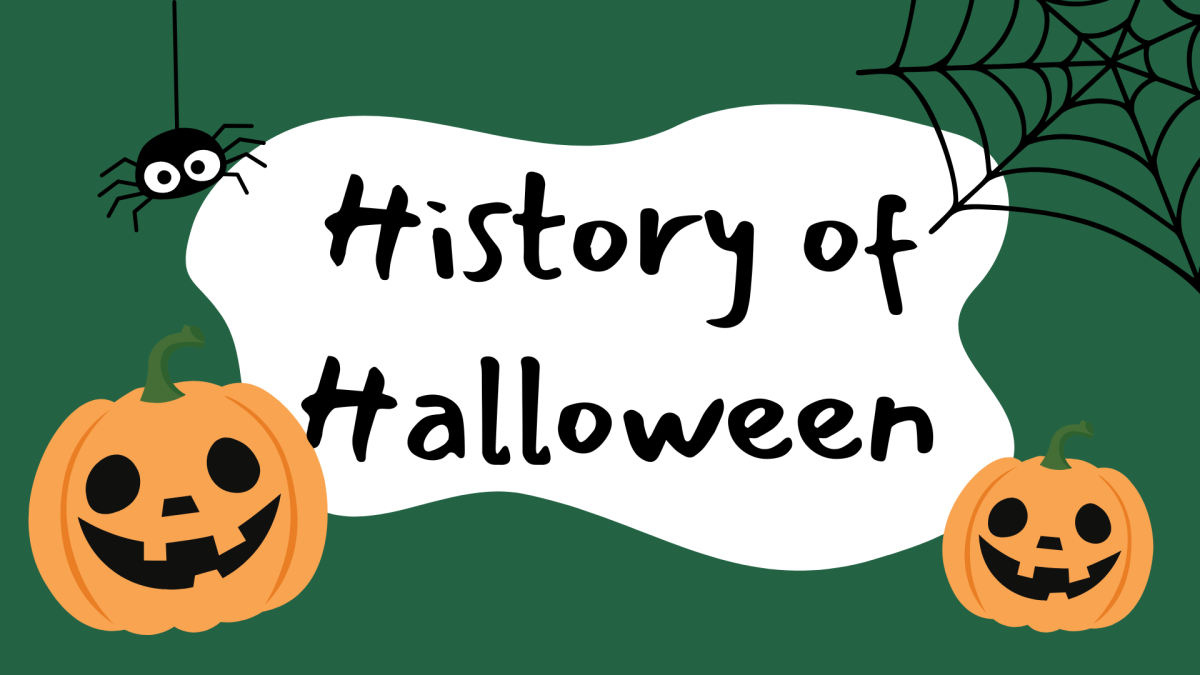Candy, costumes, haunted houses, ghosts and monsters are a few things associated with Halloween, but when did all that begin?
According to History, Halloween originated with the ancient Celtic festival of Samhain, celebrated on Oct. 31 in Ireland and Scotland. It marked the end of summer and the beginning of the dark, cold winter. The Celts believed that on the night of Oct. 31, ghosts of the dead returned to Earth. To ward off the spirits, they lit bonfires and dressed up in costumes.
Eventually, the expansion of Christianity into Celtic lands and Pope Gregory III designated Nov. 1 as a day to honor saints, known as “All Saints Day.” This celebration adopted many of the Samhain traditions. The day before “All Saints Day” was called “Alholowmesse” which then became Halloween.
Theories surrounding the origins of trick-or-treating vary, but the most popular is that during Samhain, Celts left out food to appease unwelcome spirits. People would then dress up as demons and ghosts to perform antics in exchange for food and drinks.
Carving pumpkins originated in Ireland and is tied to a myth called Stingy Jack, a man who wasn’t allowed into heaven or hell and was forced to roam the earth. The Irish would carve demonic faces out of turnips to scare away his soul. When the Irish made their way to America, they used pumpkins for their carvings.
By the 20th century, Halloween had evolved into a family-friendly and community-centered holiday so a lot of parades and parties became common festivities.
Staying safe is always the priority. To ensure safety this Halloween are to test makeup before wearing it, double check that it is FDA approved, make sure the costume is flame-resistant, and become familiar with the routes or neighborhoods.
Have a fang-tastic Halloween!






